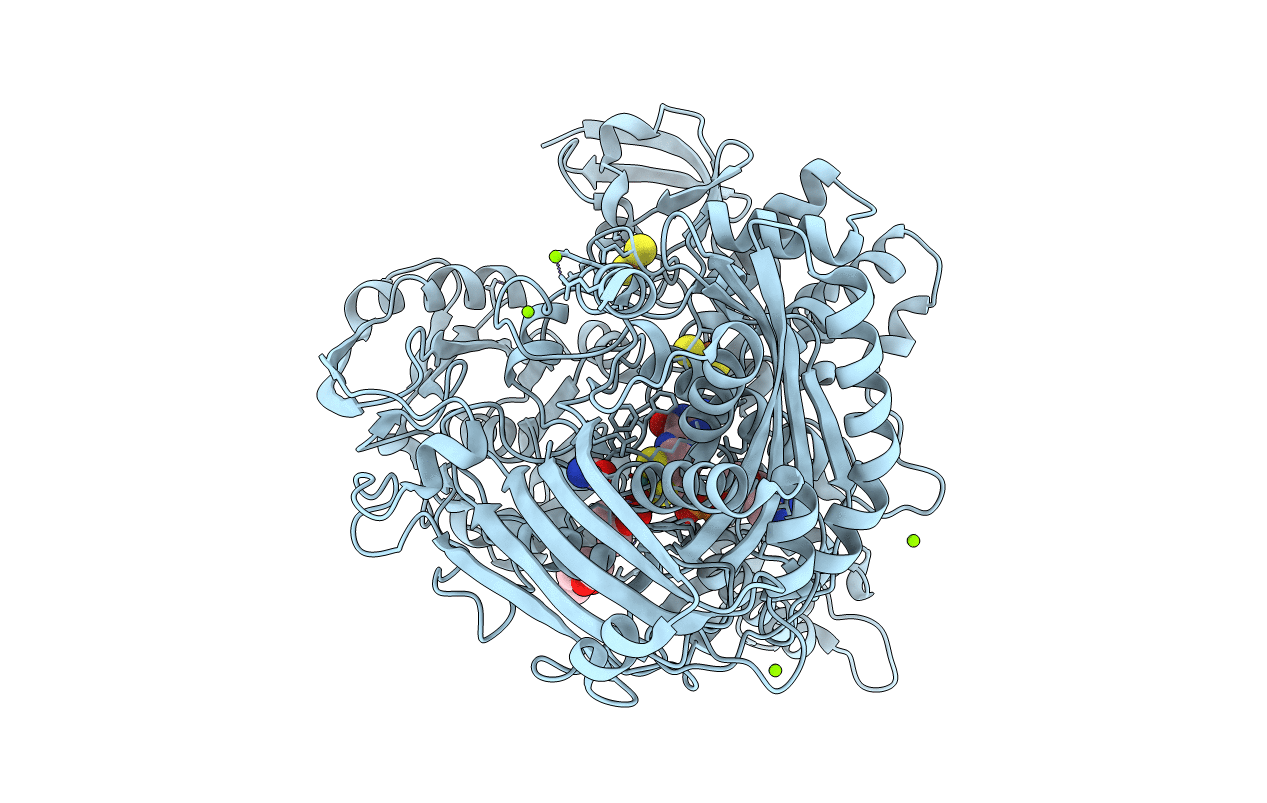
Deposition Date
2009-12-21
Release Date
2010-02-16
Last Version Date
2023-11-01
Entry Detail
PDB ID:
3L4P
Keywords:
Title:
Crystal structure of the Aldehyde Dehydrogenase (a.k.a. AOR or MOP) of Desulfovibrio gigas covalently bound to [AsO3]-
Biological Source:
Source Organism:
Desulfovibrio gigas (Taxon ID: 879)
Method Details:
Experimental Method:
Resolution:
1.45 Å
R-Value Free:
0.16
R-Value Work:
0.14
R-Value Observed:
0.14
Space Group:
P 61 2 2


